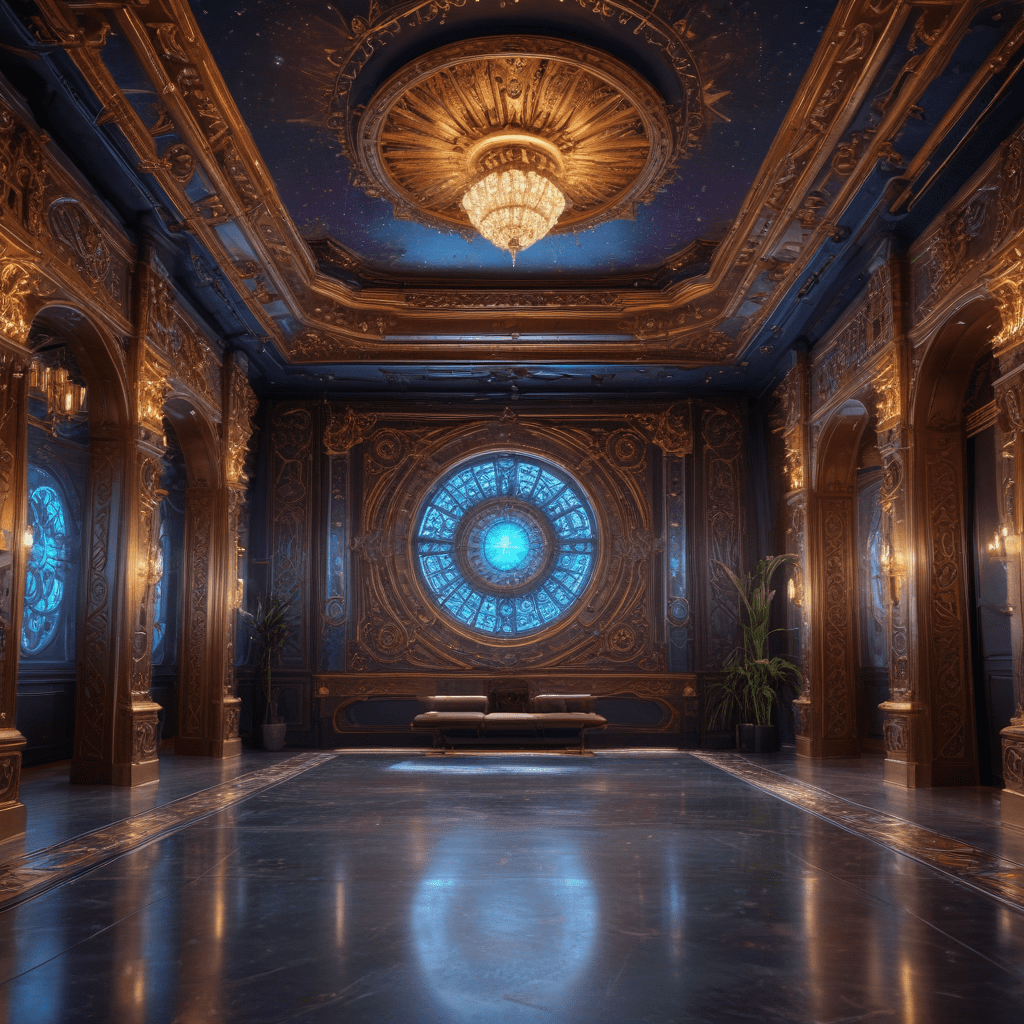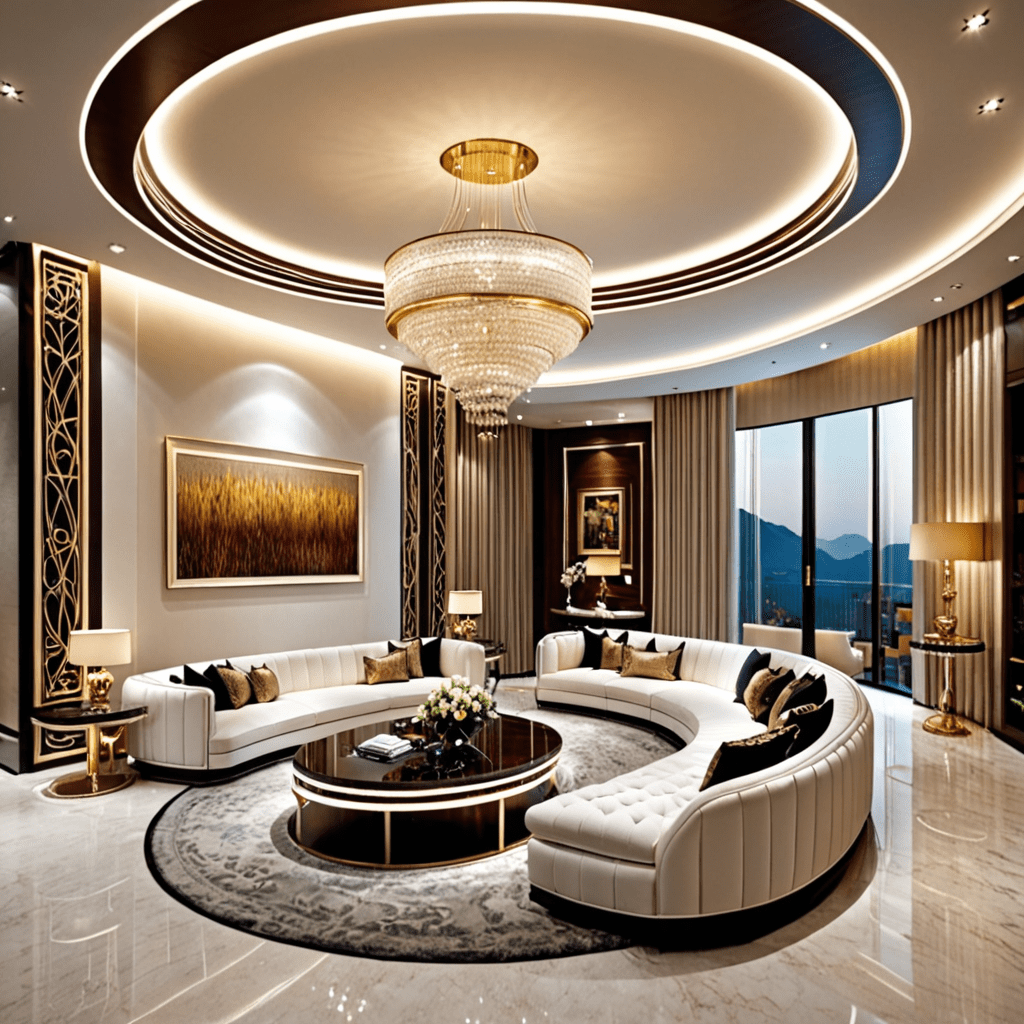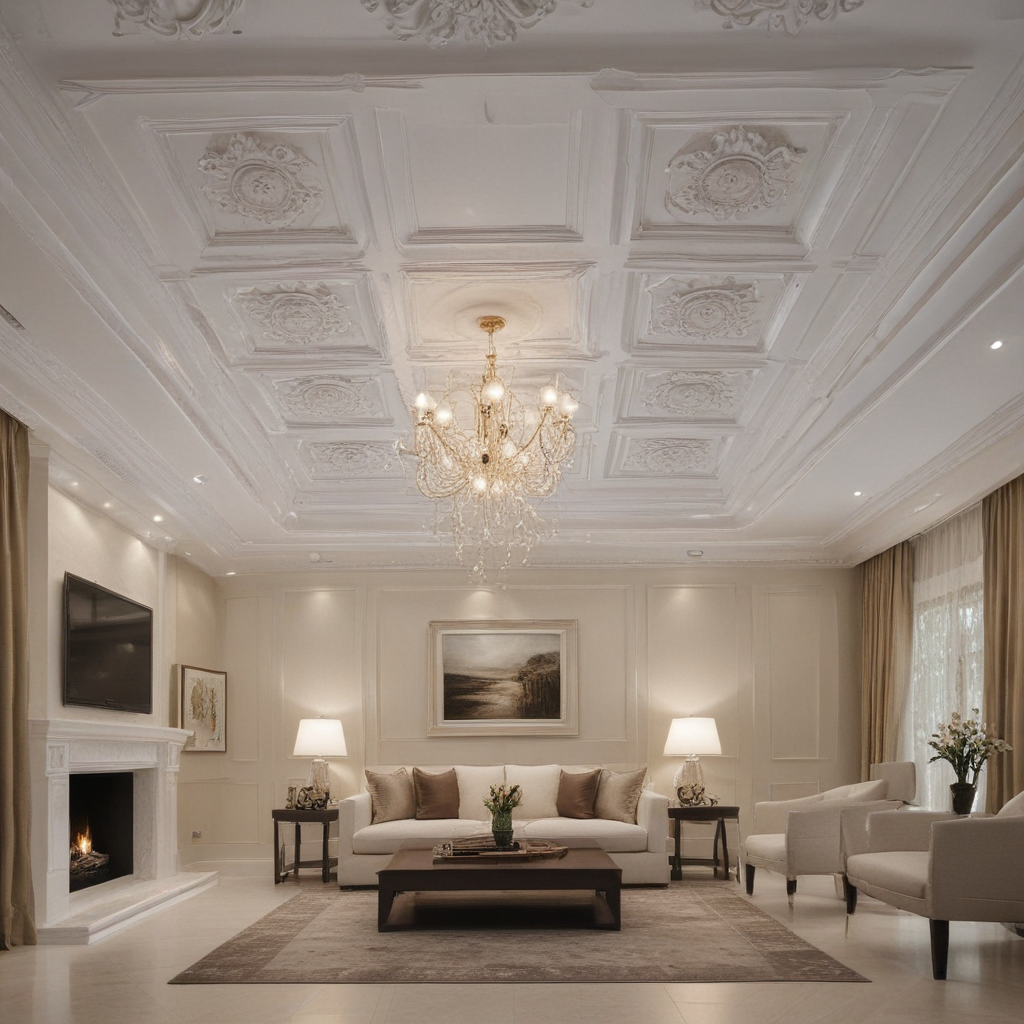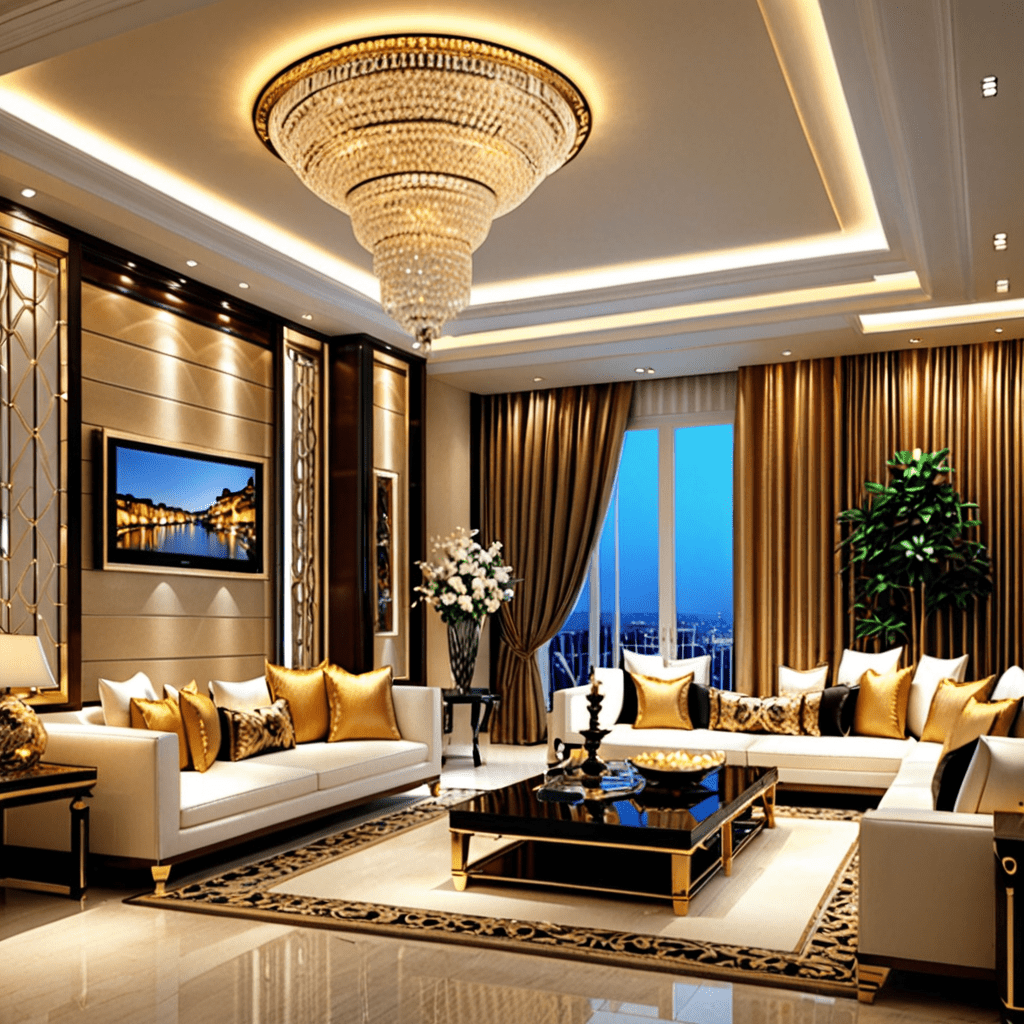Unveiling the Timeless Elegance of Gothic Style Interior Design
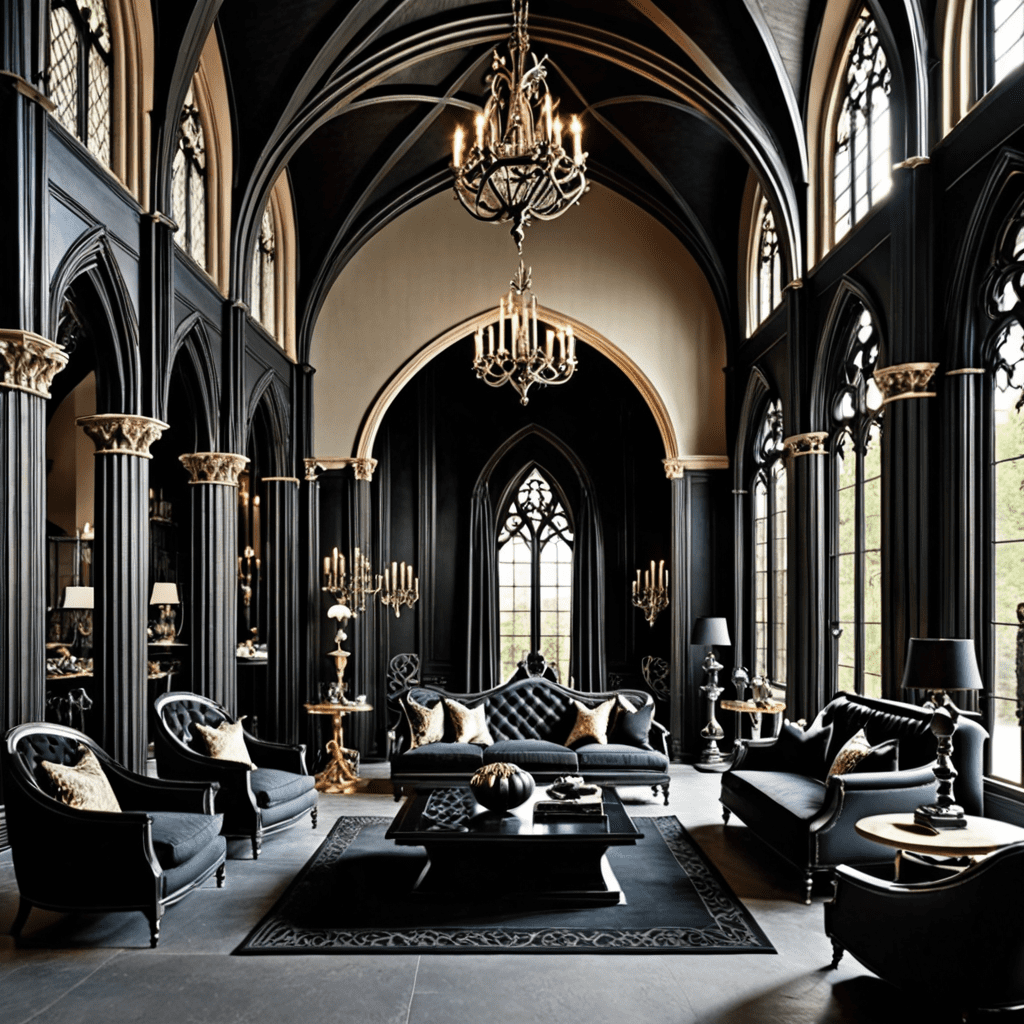

Unveiling the Timeless Elegance of Gothic Style Interior Design
Introduction
Gothic style interior design is a captivating and timeless aesthetic that has been captivating homeowners and designers for centuries. Rich in history and characterized by ornate detailing and dramatic elements, this style exudes an air of mystery and elegance. In this article, we will explore the key features and principles of gothic style interior design, and provide valuable insights on how to incorporate this captivating style into your own home.
A Brief History of Gothic Style
Before delving into the world of gothic style interior design, it is essential to understand its historical roots. The gothic style originated in Europe during the medieval period, primarily in the 12th to 16th centuries. It was a response to the earlier Romanesque and Byzantine architectural styles, and it sought to emphasize verticality, lightness, and intricate detailing.
Key Features of Gothic Style Interior Design
When it comes to gothic style interior design, several key features define this captivating aesthetic:
- Pointed Arches: A prominent element in gothic architecture, pointed arches create a sense of verticality and height.
- Flying Buttresses: These external supports are another hallmark of gothic architecture, providing structural stability and allowing for the creation of expansive stained glass windows.
- Ornate Details: Intricate carvings, moldings, and decorative motifs, often inspired by natural elements such as foliage and animals, add a sense of opulence and complexity to gothic interiors.
- Stained Glass: One of the most iconic features of gothic architecture, stained glass windows allow light to filter into the space and create a mesmerizing play of colors.
- Vaulted Ceilings: High, vaulted ceilings with ribbed designs are a characteristic feature of gothic style, creating a sense of grandeur and openness.
Color Palette and Materials
When it comes to the color palette in gothic style interior design, rich and moody tones prevail. Deep shades of burgundy, forest green, navy blue, and purple create a sense of drama and opulence. To balance the darkness, touches of gold and silver can be incorporated through decorative elements and accessories.
In terms of materials, gothic style emphasizes the use of natural materials like stone, wood, and wrought iron. These materials add texture, durability, and an authentic medieval feel to the space.
Furniture and Decor
Gothic style interior design is characterized by its ornate and extravagant furniture and decor. Achieving an authentic gothic look can be done by incorporating elements such as:
- Tapestries and Draperies: Luxurious tapestries and heavy draperies featuring detailed motifs add warmth and texture to the space while hinting at the medieval origins of the gothic style.
- Gothic Revival Furniture: Elegant pieces inspired by gothic architecture, such as intricately carved wooden chairs, tables, and cabinets, bring a sense of history and grandeur to the interior.
- Candelabras and Chandeliers: Lighting plays a crucial role in gothic style interior design. Ornate candelabras and elaborate chandeliers with candle-style bulbs create a captivating and dramatic ambiance.
- Gargoyle and Grotesque Accents: For an added touch of gothic flair, incorporating gargoyle or grotesque accents in sculptures, wall art, or even doorknobs can bring a sense of whimsy and intrigue to the space.
Creating a Modern Gothic Look
While gothic style interior design draws inspiration from medieval times, it can be adapted to suit modern spaces. To achieve a modern gothic look:
- Simplify the Details: Opt for cleaner lines and less intricate detailing to create a more contemporary interpretation of gothic style.
- Combine with Modern Elements: Pair gothic-inspired furniture and decor with sleek, modern pieces to create a visually balanced and eclectic interior.
- Focus on Key Elements: Highlight key gothic elements, such as stained glass windows or a vaulted ceiling, while keeping the overall design streamlined and cohesive.
Frequently Asked Questions (FAQ)
1. Is gothic style interior design suitable for small spaces?
Gothic style interior design can be adapted for small spaces. By focusing on key gothic elements, utilizing clever storage solutions, and choosing appropriate furniture scale, you can create a captivating gothic-inspired interior even in a smaller space.
2. Can gothic style interior design be combined with other design styles?
Absolutely! Gothic style interior design can be combined with other design styles, such as modern, eclectic, or even bohemian. By blending elements from different styles, you can create a unique and personalized space that reflects your own taste and preferences.
3. How can I introduce gothic style without overwhelming the space?
To introduce gothic style without overwhelming the space, start with smaller accents and gradually incorporate more gothic-inspired elements. Focus on key features like lighting fixtures, textiles, or wall art, and balance the darkness with lighter or neutral tones in surrounding areas.
4. Can gothic style interior design work in a contemporary home?
Yes, gothic style interior design can work well in a contemporary home. By carefully selecting gothic-inspired elements, incorporating modern touches, and paying attention to overall balance and harmony, you can create a stunning juxtaposition of old and new, resulting in a captivating and unique interior.
5. What are some budget-friendly ways to incorporate gothic style into my home?
If you’re on a budget, there are still plenty of ways to incorporate gothic style into your home. Look for second-hand gothic-inspired furniture or decor pieces, or consider DIY projects to create a gothic look. You can also focus on smaller accents such as textiles, artwork, or lighting fixtures to add a touch of gothic elegance without breaking the bank.
6. Are there any specific color combinations that work well in gothic style interior design?
While deep and rich colors like burgundy, green, navy, and purple are often associated with gothic style, there are no strict rules when it comes to color combinations. Experiment with different shades and tones, and consider incorporating touches of metallics like gold or silver to add depth and visual interest to the space.
7. How can I create a gothic-inspired bedroom?
Creating a gothic-inspired bedroom can be achieved by focusing on key gothic elements such as a dramatic bed frame, rich textiles like velvet or lace, and atmospheric lighting. Incorporate gothic-inspired decor like candelabras, ornate mirrors, or tapestries to add the perfect finishing touches.
With its timeless elegance and captivating allure, gothic style interior design offers a unique way to infuse your home with a sense of history and theatricality. Whether you prefer a traditional or modern interpretation of this style, incorporating gothic elements will undoubtedly create an interior that is both visually striking and deeply atmospheric.
